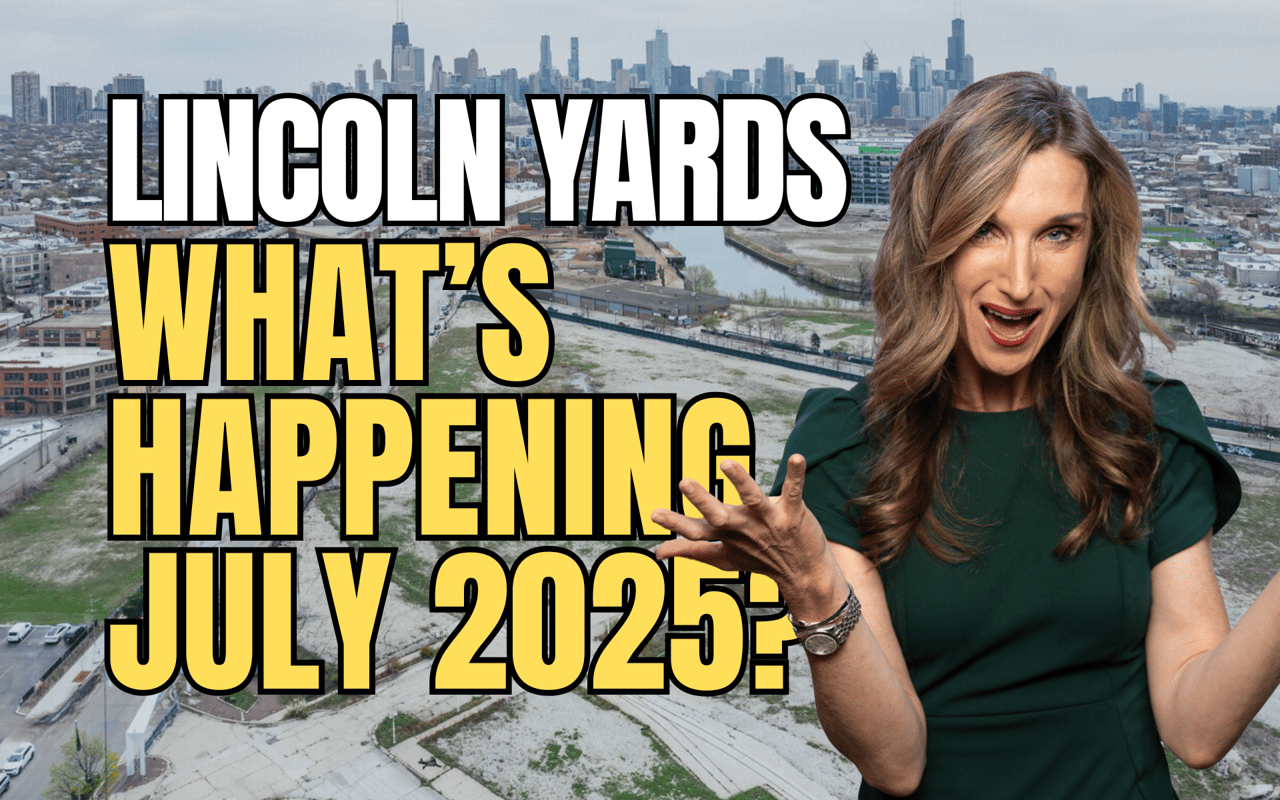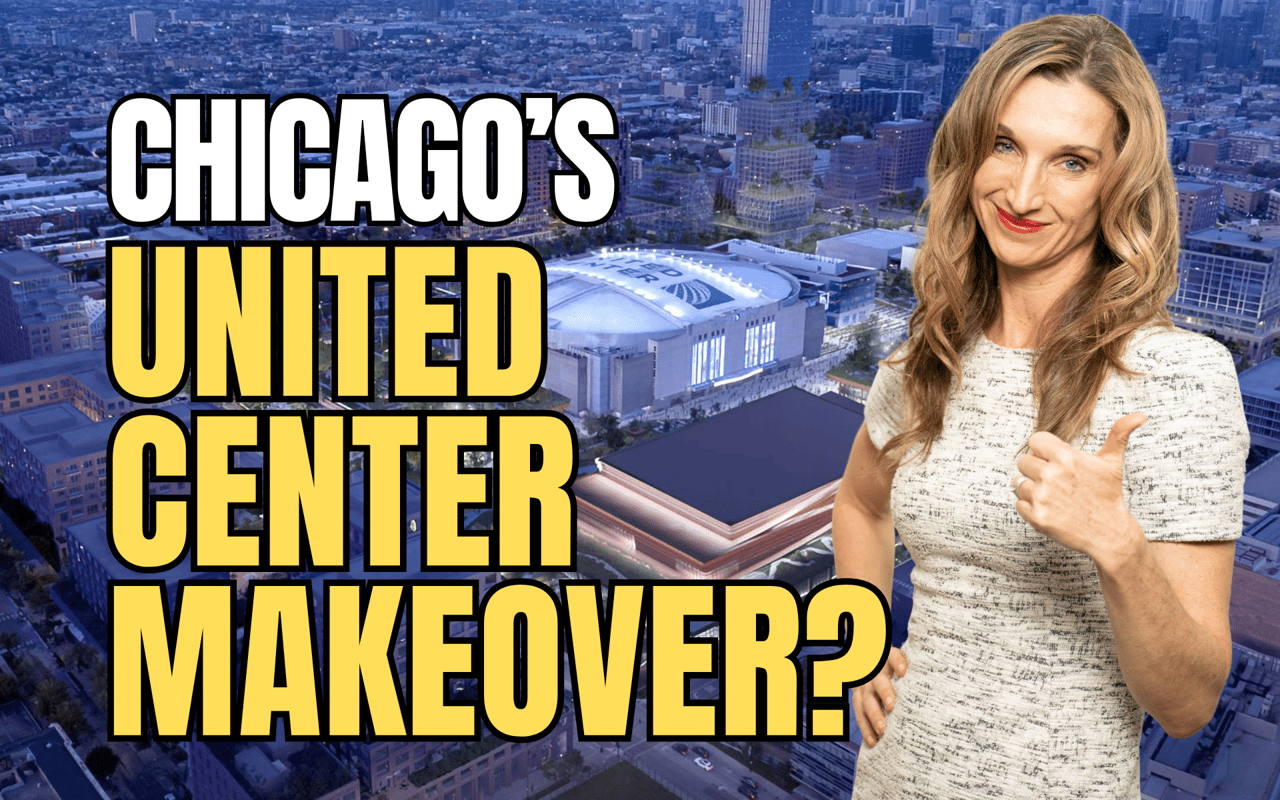Lincoln Yards: Current Status and Future Outlook
Lincoln Yards Update: A New Chapter Emerges for Chicago's Most Ambitious Development
Chicago residents may remember the bold promises that came with the launch of Lincoln Yards back in 2019: a $6 billion mega-development that would transform 53 acres of industrial land between Bucktown and Lincoln Park into a modern, mixed-use riverfront community. Backed by developer Sterling Bay and supported by then-Mayor Rahm Emanuel, the original plan called for a futuristic mix of soaring office towers, thousands of housing units, retail, entertainment venues, and infrastructure improvements — all made possible with up to $1.3 billion in public tax-increment financing (TIF).
Fast-forward to today, and the site has become a symbol of unrealized potential. Six years later, the only structure standing is a life sciences building at 1229 W. Concord Place — completed in 2023 and still vacant. The rest of the development has remained fenced-off and undeveloped, as shifting market conditions, political conflict, and rising interest rates stalled Sterling Bay's grand vision.
But in a major turn of events announced last week, Lincoln Yards is officially entering a new phase.
Introducing "Foundry Park": A Scaled-Down Vision for the North
On July 11, 2025, JDL Development and Kayne Anderson Real Estate announced they had reached an agreement to acquire the northern 31-acre portion of the Lincoln Yards site from lender Bank OZK. Sterling Bay had surrendered control of this section earlier in the year amid ongoing financial troubles.
The new development, now renamed Foundry Park, is a dramatic departure from the original vision. Rather than high-density office towers, Foundry Park will focus on housing and community-friendly mixed use. Plans include 2,000 to 3,000 residential units, featuring a mix of apartments, condos, and even single-family homes. While a few towers may rise to 30 stories, most buildings are expected to remain under 20 stories, creating a more neighborhood-scaled environment.
JDL CEO Jim Letchinger noted the project aims to establish a true residential community, one that brings together Bucktown, Lincoln Park, and Wicker Park in a shared, accessible space. City officials and 32nd Ward Alderman Scott Waguespack are already collaborating with the developers and Chicago’s Department of Planning and Development to fast-track the redesign and approval process.
What Happened to the Original Lincoln Yards?
Sterling Bay’s vision was bold — but in retrospect, perhaps overly ambitious. The pandemic upended office demand, rising interest rates constrained financing, and the developer struggled to secure long-term tenants or investors. Despite City Council’s initial approval in 2019, only limited infrastructure work was completed, and no meaningful progress occurred beyond the life sciences building.
Sterling Bay also faced political friction. Former Mayor Lori Lightfoot clashed with the firm over funding and TIF reimbursements, further delaying the project. Ultimately, financial stress forced Sterling Bay to relinquish the northern portion of the site. As of now, they still retain control of the southern section, which sits west and south of the Chicago River. However, no new development plans have been announced for that portion.
What Comes Next
With Foundry Park now in the hands of JDL and Kayne Anderson, momentum appears to be returning to the site. According to Ald. Waguespack, previous development agreements will need to be rewritten and reapproved by City Council, but he expects the process to move quickly. Infrastructure requirements for the scaled-down plan will also be significantly less than the original Sterling Bay proposal — a factor that may speed up construction and reduce taxpayer exposure.
City officials have already met with the developers to discuss land use and design considerations, and a formal intake meeting is scheduled later this month. If all goes smoothly, construction could begin as soon as 2026.
Why It Matters
This reset offers a second chance to realize the potential of one of the most valuable undeveloped sites in the city. By prioritizing housing and community integration over dense commercial expansion, Foundry Park has an opportunity to better reflect current market demands and neighborhood needs.
Chicagoans should continue to watch this site closely. While Lincoln Yards may no longer be the skyline-defining mega-project it once promised to be, Foundry Park represents a more grounded, realistic approach to development — one that may finally deliver on the promise to reconnect and revitalize this stretch of the North Branch Corridor.
Stay tuned for updates as the project moves forward.
Sources: Chicago Tribune Editorial Board (June 25, 2025); Chicago Sun-Times (June 27, 2025).










